Description
The instruction for medical use of TsEFPODO medicine Trade name TSEFPODO the International unlicensed name Tsefpodoksim Lekarstvennaya the Tablet form, film coated, 200 mg Structure One tablet contains active agent – tsefpodoksy (in the form of a tsefpodoksim of a proksetil of 260.88 mg) 200 mg, excipients: lactoses monohydrate, karmelloza calcium, kroskarmelloza sodium, magnesium stearate, sodium lauryl sulfate, silicon dioxide colloidal anhydrous, hydroxypropyl cellulose, structure of a film cover: opadr white Y-1-7000 * * Gipromelloza of 62.50%, polyethyleneglycol of 31.25%, titan dioxide (E 171) 6.25%. The description of the Tablet of round shape, with a biconvex surface, film coated white color, with risky on one party. Pharmacotherapeutic group: Antimicrobial drugs for system use. Antibacterial drugs for system use. Others beta laktamnye drugs other. Cephalosporins of the third generation. Tsefpodoksim. The ATX J01DD13 code proksetit Pharmacological FarmakokinetikaTsefpodoksima properties – pro-medicine, is soaked up from the gastro intestinal path (GIP) and deeterifitsirutsya to an active metabolite – a tsefpodoksim. At reception of 100 mg of a tsefpodoksim proksetit on an empty stomach, about 50% of the accepted tsefpodoksim are soaked up systemically. Over the recommended dosing level (from 100 to 400 mg), it is found the dose-dependent level and extent of absorption of a tsefpodoksim. At reception of a therapeutic dose (from 100 to 400 mg), time of achievement of the maximum concentration (Tmax) is about 2-3 h and elimination half-life (T1/2) fluctuates from 2.09 to 2.84 h. The average Cmax value is about 1.4 mkg/ml at a dosage of 100 mg, 2.3 mkg/ml – at a dosage of 200 mg and 3.9 mkg/ml – at a dosage of 400 mg. At patients with normal function of kidneys each 12 h are not observed either accumulation, or significant changes in other pharmacokinetic parameters after multiple dose of a dose of drug up to 400 mg. From 22 to 33% of a tsefpodoksim contact proteins of serum and from 21 to 29% – proteins of plasma. About 30-35% of a dose are removed with urine in not changed look within 12 hours. At elderly people, including with a bronchopulmonary infection the small lengthening of T1/2 and concentration in blood, however not demanding dose adjustment, except for patients with the lowered function of kidneys is noted. At elderly patients the elimination half-life of a tsefpodoksim in plasma averages 4.2 h (young patients have 3.3 h). Other pharmacokinetic parameters (Cmax, AUC (the area under a curve) and Tmax) remain invariable. The pharmacodynamics of TsEFPODO represents a semi-synthetic antibiotic of a broad spectrum of activity, a class of cephalosporins. The bactericidal activity of a tsefpodoksim consists in suppression of synthesis of a cell wall. Tsefpodoksima proksetit showed activity concerning the majority of strains of the below-mentioned microorganisms: aerobic gram-positive microorganisms: Staphylococcus aureus (including the strains produced penicillinase), Staphylococcus saprophyticus, Streptococcus pneumoniae (except for the strains resistant to penicillin), Streptococcus pyogenes, Streptococcus agalactiae, Streptococcus spp. (C, F groups, G) aerobic gram-negative microorganisms: Escherichia coli, Klebsiella pneumonia, Proteus mirabilis, Haemophilus influenzae (including the strains produced by β-lactamazu), Moraxella (Branhamella) catarrhalis, Neisseria gonorrhoeae (including the strains produced penicillinase), Citrobacter diversus, Klebsiella oxytoca, Proteus vulgaris, Providencia rettgeri, Haemophilus parainfluenzae anaerobic gram-positive microorganisms: Peptostreptococcus magnus. Tsefpodoksim is inactive concerning Streptococcus spp. (groups D), Methicillinum – resistant strains of Staphylococcus spp., Corynebacterium spp. (groups J and K), Pseudomonas spp. (including Pseudomonas aeruginosa), Listeria monocytogenes, Acinetobacter baumannii, Clostridium difficile, Bacteroides spp. Has weak activity concerning anaerobe bacterias, including the majority of types of Bacteroides, Campylobacter, Yersinia. Collapses tsefalosporinazam of hromosomalny origin of Citrobacter, Enterobacter, Bacteroides. Indications – upper respiratory tract infections, the caused Streptococcus pneumoniae, Streptococcus pyogenes, Haemophilus influenzae or Moraxella (Branhamella) catarrhalis, including sinusitis, tonsillitis and pharyngitis, – lower respiratory tract infections the community-acquired pneumonia caused by S. pneumoniae or H. influenzae – the exacerbation of chronic bacterial bronchitis caused by S. pneumoniae, to H. influenzae or M. catarrhalis the Route of administration and doses of TsEFPODO is shown for intake at meal time. In the following table the recommended doses, treatment duration, the contingent of patients (of 12 years and is more senior), except other instructions of the doctor are provided: Adults and teenagers of 12 years are also more senior the Infection the General daily dose the dosing Mode Duration of treatment of the Upper respiratory tract infection, the caused Streptococcus pneumoniae, Streptococcus pyogenes, Haemophilus influenzae or Moraxella (Branhamella) catarrhalis, including sinusitis, tonsillitis and pharyngitis Sinusitis: 400 mg Other upper respiratory tract infections: 200 mg Sinusitis: on 200 mg every 12 hours Other upper respiratory tract infections: on 100 mg (1/2 tablets) every 12 hours 5-10 days the Community-acquired pneumonia caused by S. pneumoniae or H. influenzae of 400 mg on 200 mg every 12 hours 14 days the Exacerbation of chronic bacterial bronchitis caused by S. pneumoniae, H. influenzae or M. catarrhalis of 400 mg on 200 mg every 12 hours 10 days For patients with normal function of kidneys and also to patients with a liver failure dose adjustment is not required. For patients with a heavy renal failure (with clearance of creatinine & lt, 30 ml/min.) the interval between receptions of doses of drug has to be increased till 24 o’clock. For the patients who are on a hemodialysis, the frequency of dosing has to be 3 times a week after a hemodialysis. Elderly people Are not present need to change a dose at patients of advanced age with normal function of kidneys. To children aged from 2 months up to 12 years the use of suspension of a tsefpodoksim is preferable. Side effects the Used lower than the parameters of frequency of side effects are defined as follows: often (from ≥ 1/100 to & lt, 1/10), infrequently (from ≥ 1/1000 to & lt, 1/100), it is rare (from ≥ 1/10000 to & lt, 1/1000), not specified frequency – parameters of frequency cannot be estimated on the available data. From digestive system: often – nausea, persistent diarrhea, infrequently – vomiting, an abdominal pain, not specified frequency – pseudomembranous colitis, a chair delay, gastritis, dysbacteriosis (growth of Clostridium difficile), salivation, a meteorism, a loss of appetite. From nervous system: infrequently – dizziness, headaches, increased fatigue, not specified frequency – irritability, insomnia, dreadful dreams. From a respiratory system: not specified frequency – cough. From a cardiovascular system: not specified frequency – a lowering of arterial pressure. From bodies of a hemopoiesis: seldom – thrombocytopenia, not specified frequency – a neutropenia, a thrombocytosis, a leukocytosis, a leukopenia, a lymphocytosis, a granulocytosis, a basophilia, a monocytosis, a lymphocytopenia, nasal bleeding. From an urinogenital system: not specified frequency – disturbance of a menstrual cycle. From the immune system: infrequently – skin rash, a small tortoiseshell, not specified frequency – an itching, an eosinophilia, a Quincke’s disease, fever, an acute anaphylaxis. Laboratory indicators: seldom – a hyperbilirubinemia, not specified frequency – increase in activity of hepatic transaminases and alkaline phosphatase, a lactate dehydrogenase, gamma glutamiltransferazy, increase in concentration of urea, creatinine, hyper – or a hypoglycemia, a hypoproteinemia and a hypoalbuminemia, decrease in hemoglobin, positive reaction of Koombs, increase in a prothrombin time. Other: seldom – weakness, not specified frequency – a stethalgia, the increased sweating. Contraindications – intolerance to a tsefpodoksim and other components of drug, – allergic reactions (anaphylaxis) to penicillin or another beta laktamnym to antibiotics, – the lactation period, – to persons with hereditary intolerance of fructose, deficiency of Lapp-lactases enzyme, glucose galactose malabsorption Medicinal interactions At simultaneous use of drug TsEFPODO with: – high doses of antacids (sodium a carbonate and aluminum hydroxide) or H2 blockers (Cimetidinum), the level of peak concentration in plasma and extent of absorption of TsEFPODO decreases. As a result of such interaction the level of absorption does not change – anticholinergic drugs for intake, time of achievement of peak concentration in plasma (Tmax) of a tsefpodoksim is late, extent of absorption (AUC) of drug remains without change – with probenetsidy, is inhibited renal excretion of a tsefpodoksim and as a result AUC and the Cmax level, as well as with others a beta – laktamny antibiotics – the substances having nephrotoxic effect increases, at co-administration the nephrotoxicity development is possible though when performing monotherapy by a tsefpodoksy proksetil nephrotoxicity was not noted. Cephalosporins, including a tsefpodoksim proksetit, can cause positive reaction of the test of Koombs. Special instructions before therapy by drug TsEFPODO at patients it is necessary to conduct a careful research of presence of hypersensitivity to a tsefpodoksim, other cephalosporins, penicillin or other medicines. It is necessary to show extra care when prescribing drug to patients with hypersensitivity to penicillinic antibiotics, owing to development of cross allergic reaction between a beta laktamnymi by antibiotics. At emergence of allergic reaction, it is necessary to stop administration of drug. Serious hypersensitivity reactions to drug can demand therapy by epinephrine and other emergency actions, including oxygenation, intravenous administration of liquid, antihistaminic drugs, and ventilating therapy according to clinical indications. Development of pseudomembranous colitis is noted practically at all antibacterial agents, including tsefpodoksy, and differs on weight of a course: from average to a life-threatening form. Therefore it is important to consider this diagnosis at patients at whom diarrhea after intake of antibacterial drugs is observed. Use in pediatrics Safety and efficiency of use of drug for children up to 12 years is not established. Pregnancy Data on use of TsEFPODO for women during pregnancy are limited. To apply with care during pregnancy considering possible risks. The lactation of TsEFPODO is brought out of an organism with maternal milk in small amounts and can be used during breastfeeding, but it is necessary to suspend treatment in case of diarrhea or a fungal infection of a mucous membrane. The possibility of a sensitization also should be meant. Features of influence of medicine on ability to run vehicles and potentially dangerous mechanisms Considering side effects of medicine it is necessary to be careful when driving and potentially dangerous mechanisms. Overdose Symptoms: nausea, vomiting, pain in epigastriums and diarrhea. Treatment: In case of development of serious toxic reaction as a result of overdose by drug, removal of a tsefpodoksim from an organism is usually carried out by means of a hemodialysis or peritoneal dialysis, especially when the renal system is subject to risk. About 23% of the accepted dose of drug are brought out of an organism during the standard 3-hour procedure of a hemodialysis. The form of release and packing On 7, 10 or 15 tablets place in blister strip packaging from a film of polyvinylchloride and aluminum foil. On 1 (on 10 and 15 tablets) or 2 (on 7 and 10 tablets) planimetric packings together with the instruction for medical use in the state and Russian languages place in a cardboard box. To Store storage conditions at a temperature not above 25 °C. To store out of children’s reach! 3 years not to apply a period of storage after an expiration date! Prescription status According to the prescription the Producer/packer FarmaVizhn Sanayi ve A.Sh. Tidzharet, Turkey Davutpasha Dzhaddesi No. 145, Topkapy, Istanbul, Turkey the Owner of the registration certificate UORLD of ILACh DIGNITY MEDICINE. VE TIDZh. A.Sh., Istanbul, Turkey the Name, the address and a contact information of the organization in the territory of the Republic of Kazakhstan, the accepting claim (offer) on quality of medicines from consumers: Republic of Kazakhstan, Almaty, Turksibsky district, Suyunbaya Ave., 222 Ph. / fax: 8 (7272) 529090, www.worldmedicine.kz the Name, the address and a contact information of the organization in the territory of the Republic of Kazakhstan responsible for post-registration observation of safety of medicine: TROKA-S PHARMA LLP, Almaty, Suyunbaya Ave., 222 Cellular ph. +7 701 786 33 98, (24-hour access). e-mail:
To Develop pvpharma@worldmedicine.kz
Additional information
| Ingredient |
|---|





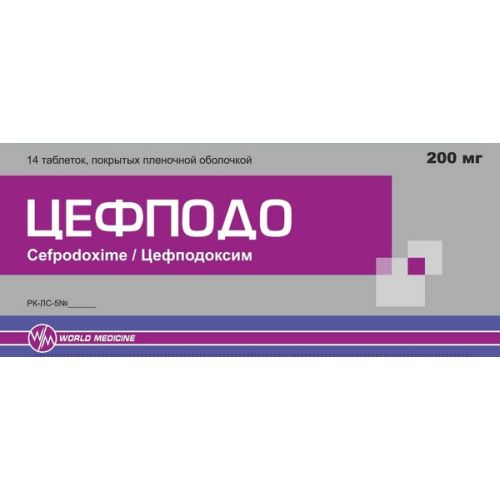
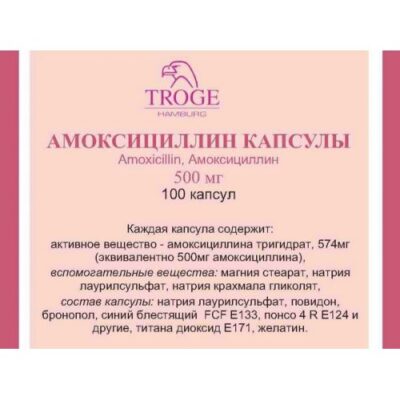
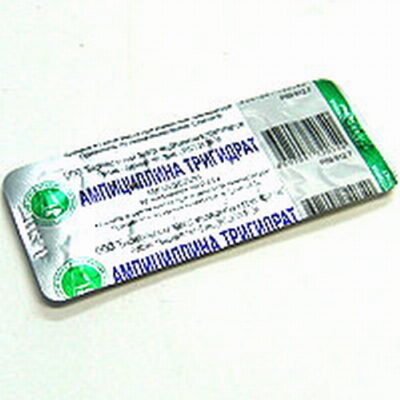
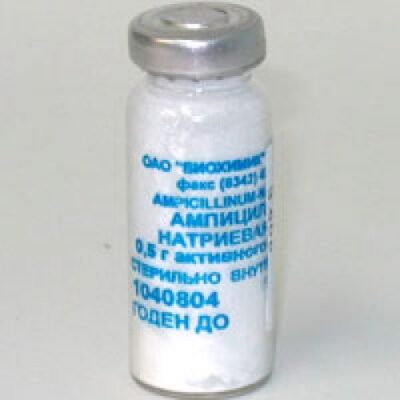
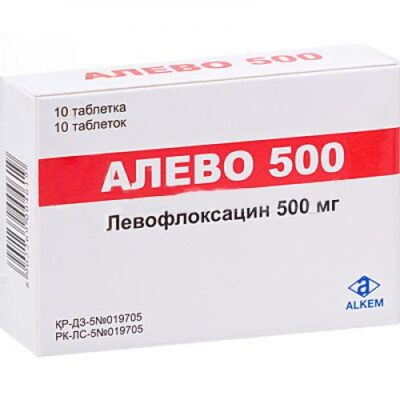
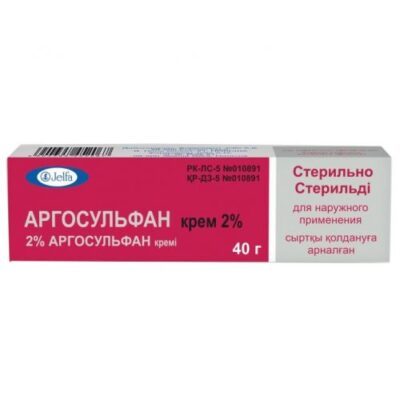
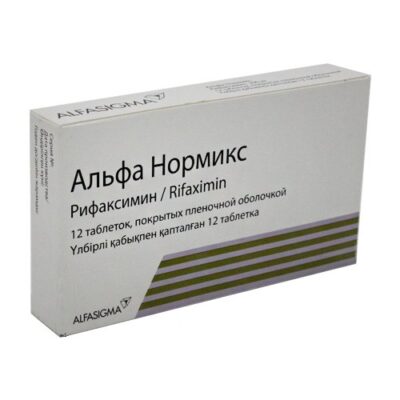
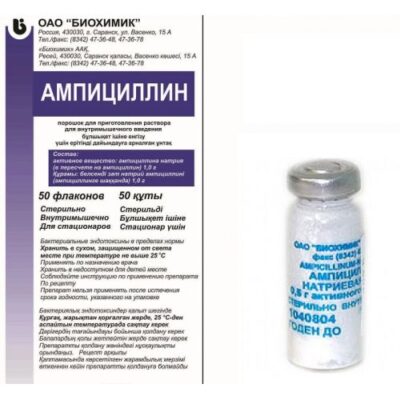
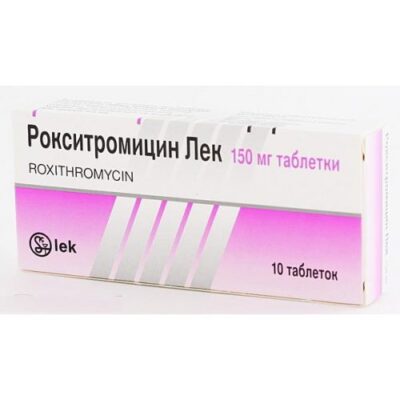
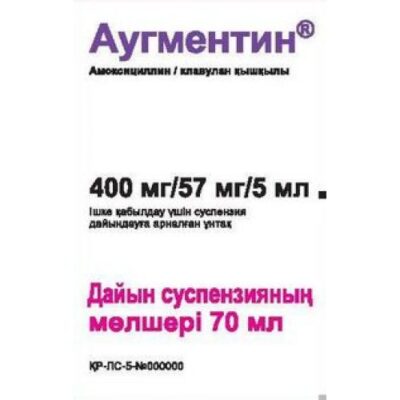
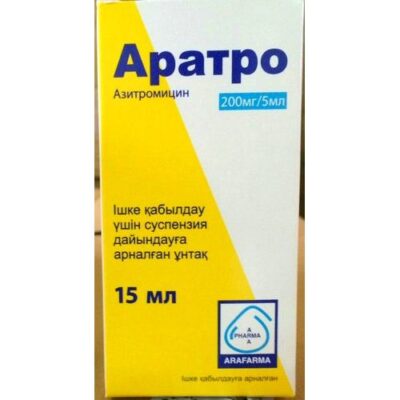






Reviews
There are no reviews yet.